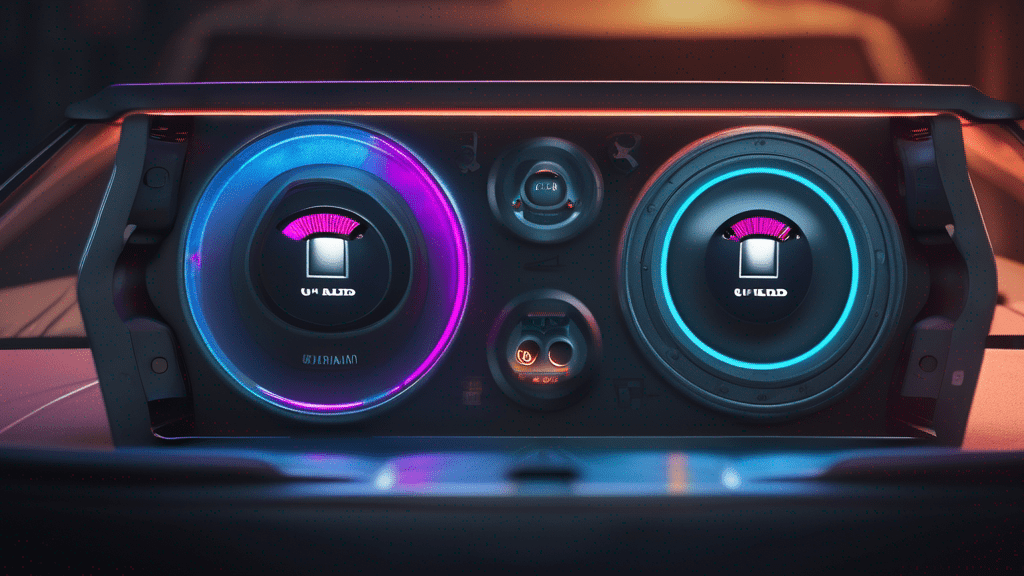When I first installed a subwoofer in my car, I was blown away by how much it changed my listening experience. It wasn’t just about adding more bass; it was about feeling the music in a new way. But that raised a question I never thought of: how hard should a subwoofer hit?
If you’re like me, you want your subwoofer to perform well but don’t want to go overboard. In this article, I’ll share what I’ve learned about finding the perfect balance for subwoofer performance, so you can enjoy the best sound without damaging your equipment—or your ears.
When we talk about a subwoofer “hitting hard,” we’re referring to how much bass it produces and how much of that bass you can feel. A subwoofer that hits too soft might not deliver the powerful low-end sound you’re looking for, but one that hits too hard can cause distortion, affect the quality of your music, or even damage the subwoofer itself.
The key is to find that sweet spot where your subwoofer delivers deep, rich bass without overpowering the rest of the audio. The question is, how do you know when you’ve found it?
Must Read This Article: Why Does My Subwoofer Sound Weak
One of my biggest mistakes early on was assuming that louder automatically meant better. That’s not always the case. Sure, you want a subwoofer that delivers impactful bass, but if it’s drowning out everything else, it’s no longer enhancing your music—it’s ruining it.
The bass should blend seamlessly with the mids and highs. This creates a more immersive listening experience where every instrument and voice can be heard clearly. Overpowering bass will muddy your music, and no one wants that.
There are a few signs that your subwoofer might be hitting harder than it should:
- Distorted Sound: If the bass sounds muffled or unclear, it’s probably set too high. Distortion happens when your subwoofer is working too hard and can’t handle the volume level you’re pushing through it.
- Rattling Car Parts: If your car’s doors, windows, or dashboard start rattling with every beat, your subwoofer is pushing too much air. While this might feel powerful, it’s a sign that the bass is overpowering the space.
- Overheating: Subwoofers that are forced to hit too hard for long periods can overheat, which could shorten the lifespan of the speaker. If you notice a burning smell or excessive heat, it’s time to turn it down.
Must Read This Article: How to Fix Subwoofer With No Sound
Getting your subwoofer to hit just right involves proper tuning. Most subwoofers come with settings that let you adjust the bass level, crossover, and gain. I’ve found that a little trial and error is necessary to find what sounds best for your car and music preferences.
- Set the Crossover: This controls the frequency range that the subwoofer handles. Start by setting it to around 80Hz, which works well for most setups. Adjust it higher or lower depending on how well the subwoofer blends with the rest of your system.
- Adjust the Gain: The gain controls the input signal going into the subwoofer. Set it too high, and the sub will hit too hard, causing distortion. Too low, and you won’t feel the bass. Please start with the gain low and slowly increase it until the bass is strong but not overwhelming.
- Use Bass Boost Sparingly: Many subwoofers have a bass boost function, but I’ve found it’s best to use this feature sparingly. Too much bass boost can lead to distortion and muddy sound.
